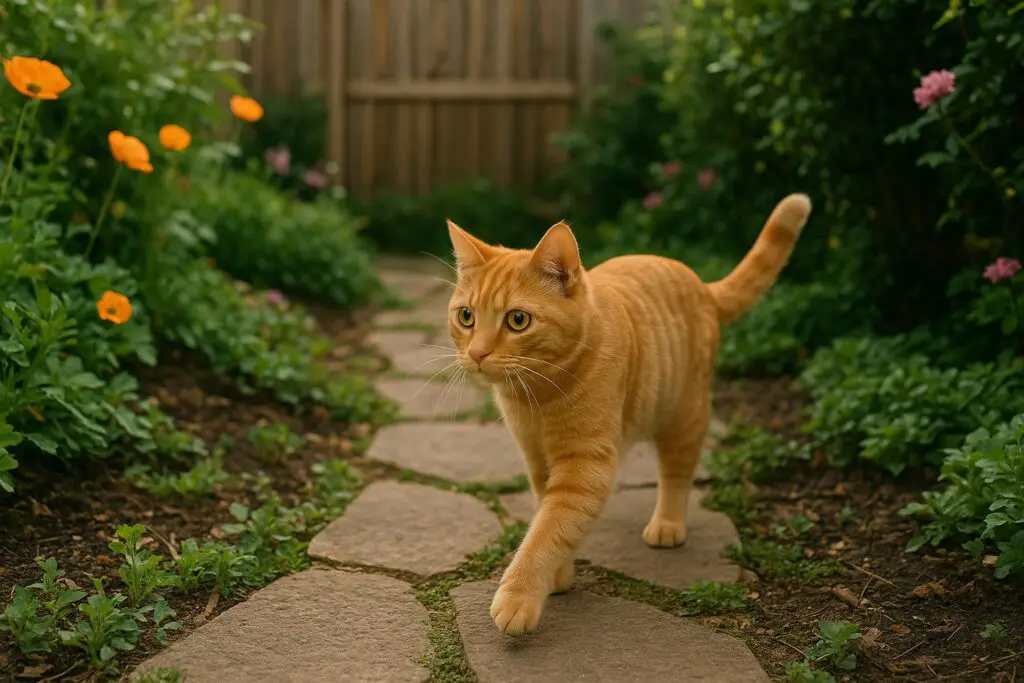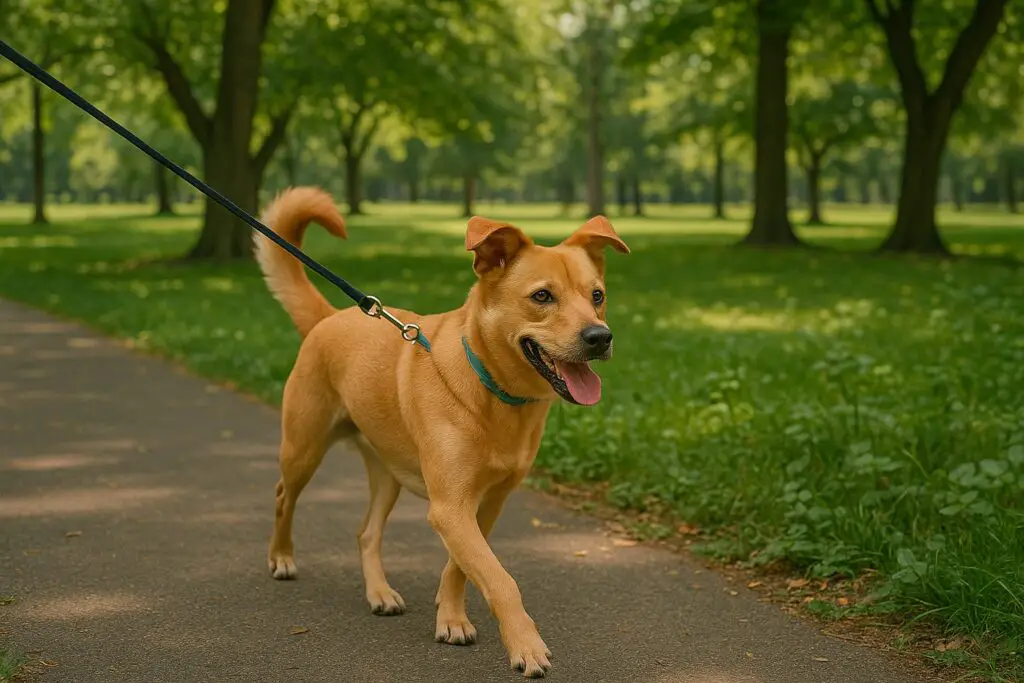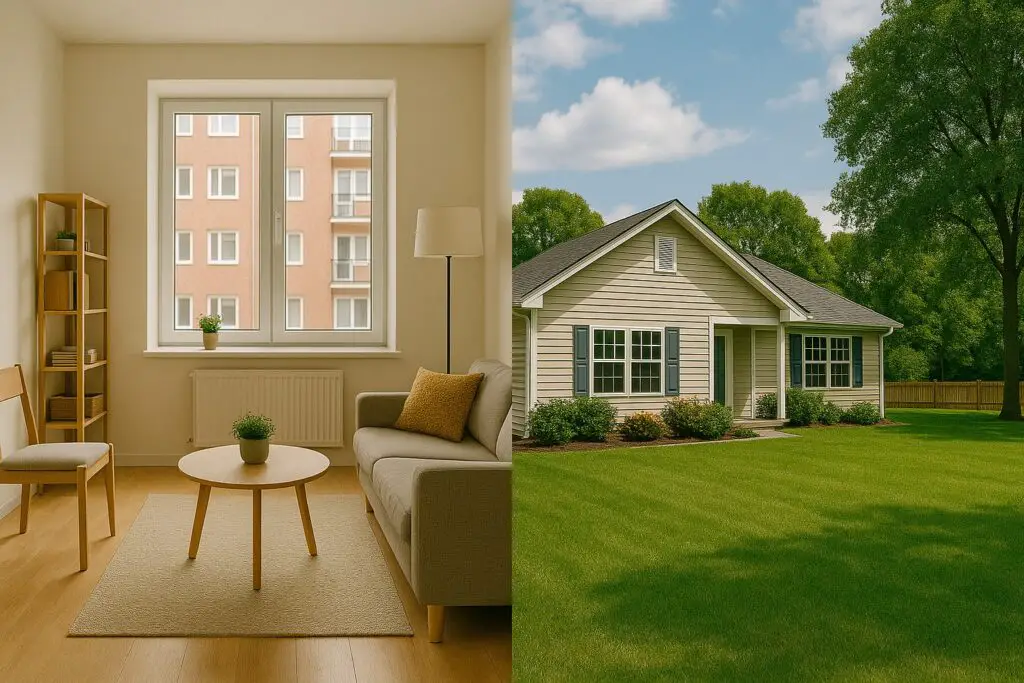One of the most important decisions a pet owner can make is choosing between raising their pet indoors or allowing them outdoor access. This decision influences your pet’s safety, behavior, health, and even their lifespan. While some pets thrive inside the home, others benefit from the freedom and stimulation of the outdoors. The right choice depends on your pet’s breed, age, personality, and your living situation.
In this in-depth guide, we’ll compare indoor vs. outdoor pets, uncover the unique care needs for each lifestyle, and explore hybrid approaches that combine safety with enrichment.
Indoor Pets: Safety, Comfort, and Routine

Benefits of Keeping Pets Indoors
- Enhanced Safety
Indoor pets are protected from threats like moving vehicles, predatory animals, and human-caused accidents. This is especially vital in busy urban environments. - Healthier and Longer Lives
Indoor pets tend to live longer due to reduced exposure to diseases, parasites, and environmental toxins. For instance, indoor cats live an average of 12–18 years, while outdoor cats average only 2–5 years. - Controlled Environment
You can regulate temperature, humidity, noise, and other environmental factors to keep your pet more comfortable year-round.
Challenges of Indoor Living
- Risk of Obesity
Without enough movement or stimulation, indoor pets—especially cats and small dogs—can easily gain weight, which increases the risk of diabetes, arthritis, and heart disease. - Boredom and Behavioral Issues
A lack of mental and sensory stimulation can lead to destructive behaviors, separation anxiety, and over-grooming.
Indoor Care Tips
- Daily Exercise Routines
Schedule daily playtimes using toys like feather wands, treat-dispensing balls, or tug ropes. - Create Enrichment Zones
Set up climbing structures, hiding spots, scratching posts, and interactive puzzles. Rotating toys weekly can also prevent boredom. - Use Window Perches or Bird Feeders
A view to the outside world helps indoor cats stay mentally stimulated. Window-mounted cat hammocks paired with bird feeders can offer hours of entertainment. - Regular Vet Visits & Vaccinations
Even if your pet never goes outside, indoor environments still pose health risks. Fleas, bacteria, and viruses can be brought in via shoes, guests, or other pets. - Ideal Breeds for Indoor Living
Cats like the Ragdoll, British Shorthair, or Persian, and dog breeds like the French Bulldog, Cavalier King Charles Spaniel, and Shih Tzu thrive indoors due to their calm demeanor and lower energy levels.
Outdoor Pets: Adventure, Freedom, and Stimulation

Benefits of Outdoor Access
- Physical Fitness
Outdoor pets naturally engage in more physical activity—running, climbing, and exploring—which helps maintain a healthy weight. - Natural Behavior Expression
Dogs and cats often get to follow their instincts outdoors: hunting, marking territory, chasing, and digging. - Increased Independence
Pets accustomed to outdoor environments can entertain themselves, lowering their dependence on owners for stimulation.
Challenges of Outdoor Living
- Environmental Hazards
Outdoor pets face danger from cars, predators, toxins (like antifreeze or lawn chemicals), and even malicious humans. - Higher Risk of Parasites & Illness
Outdoor animals are more likely to contract fleas, ticks, heartworm, or illnesses like feline leukemia or canine parvovirus. - Weather Vulnerability
Exposure to heat, cold, or storms can cause hypothermia, dehydration, or even death without proper shelter.
Outdoor Care Tips
- Provide a Safe, Enclosed Space
Fencing should be high enough to prevent escape, with no toxic plants or sharp objects. Consider motion-activated lights to deter predators. - Routine Vet Care and Preventative Medications
Vaccinations, deworming, and year-round flea/tick/heartworm protection are a must. - Use GPS Collars or ID Tags
Outdoor pets should always wear ID tags. GPS-enabled collars add another layer of safety by letting you track them in real-time. - Seasonal Adjustments
In summer, provide constant shade and fresh water. In winter, ensure access to dry shelter with bedding. Never leave pets outside during extreme weather. - Ideal Breeds for Outdoor Living
Dogs like the Border Collie, German Shepherd, and Siberian Husky are more suited to outdoor environments. Outdoor cats should be neutered/spayed and monitored closely.
Hybrid Pets: The Best of Both Worlds

Many pet owners opt for a hybrid lifestyle, offering their pets the safety of indoor living with the stimulation of controlled outdoor access.
Benefits of a Hybrid Lifestyle
- Safe exploration without constant risk
- Stimulates mental health while ensuring protection
- Helps reduce indoor behavioral issues
Hybrid Care Tips
- Use a Leash or Harness
Training your cat or dog to walk on a leash lets them explore safely. Choose padded harnesses and practice indoors first. - Install a “Catio” or Enclosure
A screened-in patio or pet-safe balcony can allow your pet to enjoy sunshine, fresh air, and views without exposure to danger. - Scheduled Outdoor Time
Choose quiet hours for walks or backyard time. Stick to routines so pets know when outdoor access is expected. - Supervision is Key
Never leave your pet outdoors unsupervised for long. Even fenced areas can pose risks. - Great Tools for Hybrid Pets
- Pet doors with RFID tags that only open for your pet
- Portable fences or playpens
- Outdoor tunnels for cats to explore
How to Choose Based on Your Lifestyle

1. Home Environment
- Apartment living may restrict outdoor access.
- A large backyard offers more freedom, but still requires fencing and pet-proofing.
2. Your Schedule
- Busy owners may struggle to provide adequate outdoor supervision.
- Indoor enrichment can compensate if your schedule is tight.
3. Pet’s Age & Health
- Older pets or those with chronic health conditions are safer indoors.
- Energetic young pets may benefit from structured outdoor time.
4. Temperament & Breed
- Some pets are naturally adventurous; others are fearful and prefer quiet.
If you’re unsure, starting with indoor living and gradually introducing outdoor exposure is often safest.
Conclusion
Whether you raise your pet indoors, outdoors, or a mix of both, the key to a happy and healthy life lies in understanding their lifestyle needs and meeting them consistently. Indoor pets need stimulation, structure, and social time. Outdoor pets require protection, monitoring, and proactive health care. A hybrid lifestyle can offer the best of both—but only if you put safety first.
Always adapt your care routine to your pet’s personality, breed, and health status. When you meet their needs with compassion and knowledge, your pet will thrive—no matter where they live.





Hiya very cool site!! Man .. Excellent .. Superb .. I will bookmark your blog and take the feeds additionallyKI am happy to search out a lot of helpful information here within the publish, we want work out extra techniques on this regard, thank you for sharing. . . . . .